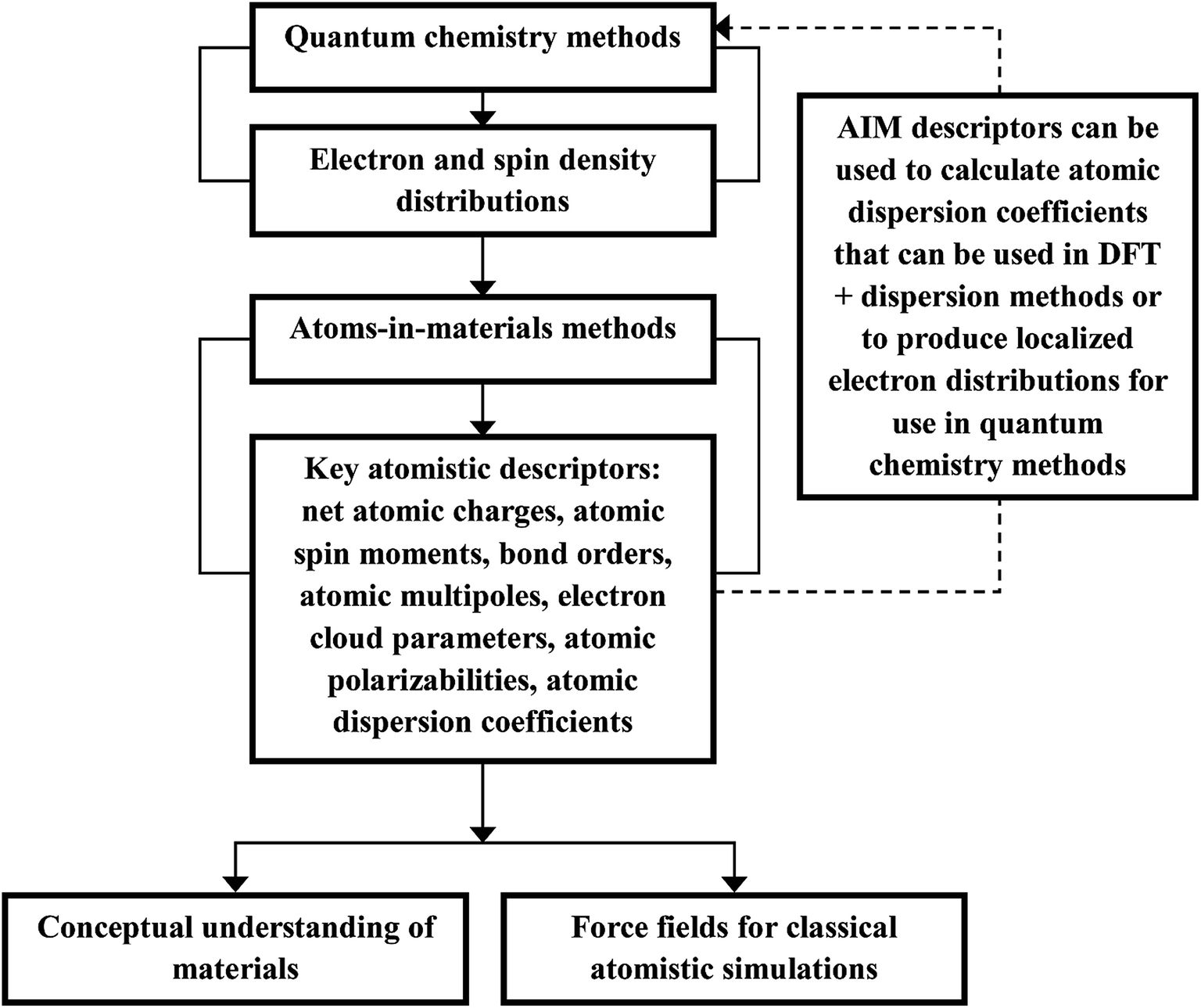

The standard deviation of all density values, sigma, is used to describe the strength of features in a map. For a paper showing several examples of maps printed in sections and overlayed, see a paper on tRNA structure. These plots were called a map, in reference to topographical maps. The term "map" is historical the three-dimensional electron density was plotted on several pages, section by section, with contour lines corresponding to the value of the density at that location. What are Electron Density Maps, and how can you obtain them?Įlectron density values fill 3-dimensional space of the map (see this interactive visualization). In addition to examining the map showing all features (2Fo-Fc), it is revealing to examine the difference map (Fo-Fc), which shows where the model fails to account for the map. Quality assessment for molecular models). From these combined, the electron density map can be reconstructed.Įxamining the correspondence between the published model PDB file and the electron density map (EDM) provides much clearer insight into the uncertainties in the model than does merely examining the model itself (see also Of the crystal in the PDB, along with the experimental diffraction data (intensities of the X-ray reflection spots, or "structure factor amplitudes").

The crystallographer then deposits a model of the Of the crystal (which is limited by the level of order or The crystallographer fits the atoms of the known molecules into the electron density map, and refines the model and map to the limits of the The amino acid (or nucleotide) sequence of the crystallized polymer(s) is known in advance. 3.1.2 Disorder and atomic displacment parameters (temperature factors)Ĭrystallography Produces Electron Density MapsĪn X-ray crystallographic experiment produces an.3 What are Electron Density Maps, and how can you obtain them?.1 Crystallography Produces Electron Density Maps.


 0 kommentar(er)
0 kommentar(er)
